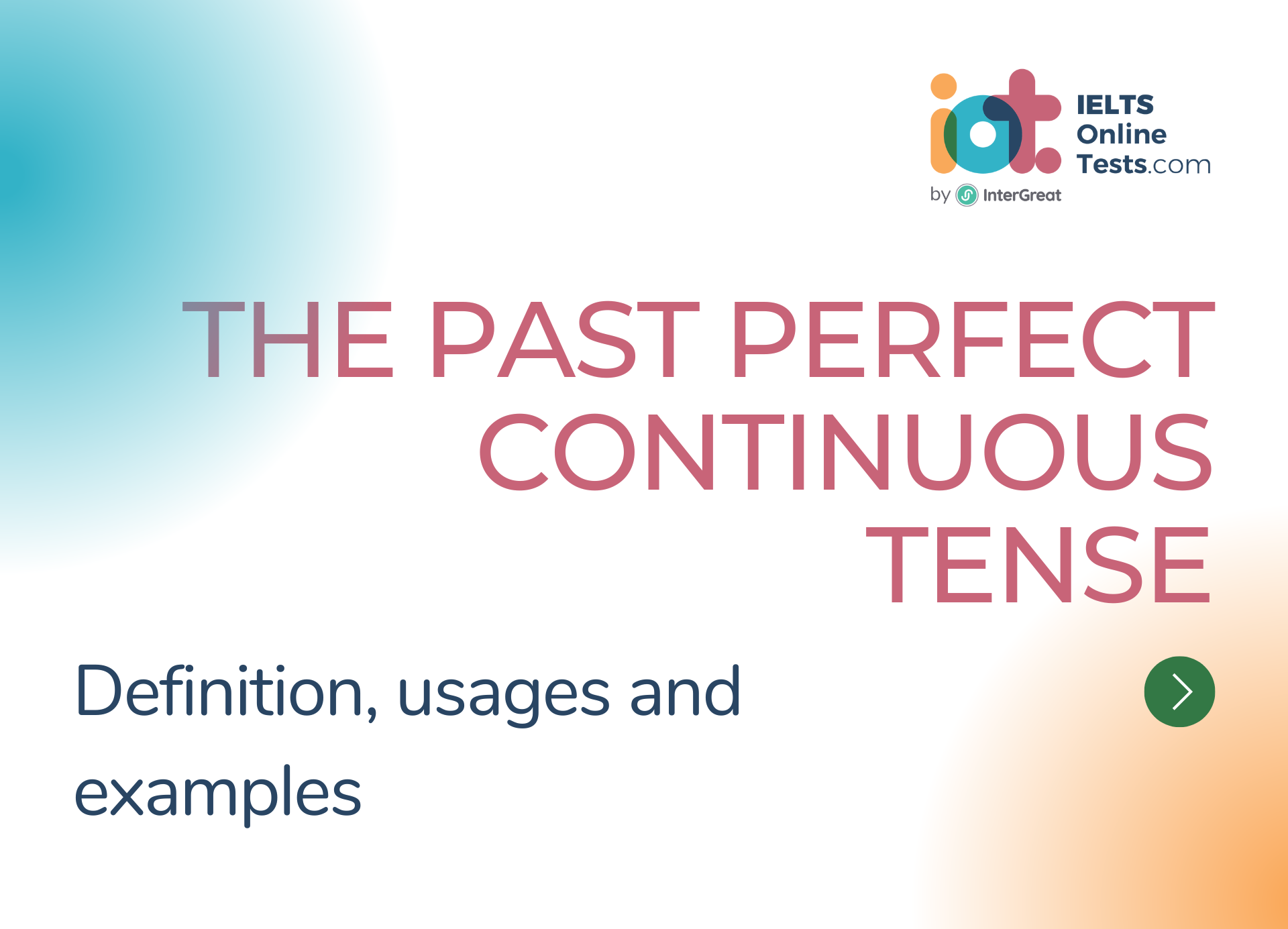
The past perfect continuous tense
The past perfect continuous tense, also known as the past perfect progressive tense, is used to describe a continuous action that started in the past, continued for a period of time, and was still ongoing before another action or event in the past. It emphasizes the duration or continuity of the action leading up to a specific point in the past.
Here's a detailed explanation of the past perfect continuous tense:
Formation of the Past Perfect Continuous Tense:
- The past perfect continuous tense is formed by using the past perfect tense of the auxiliary verb "had," the past participle form of "been," and the present participle form (-ing form) of the main verb.
- Example: "She had been studying."
Usage of the Past Perfect Continuous Tense:
- Describing an ongoing action that started in the past and continued up until another past action or event:
- Example: "They had been working all day before they decided to take a break."
- Expressing the duration of an action that was ongoing in the past, often with a sense of interruption:
- Example: "He had been practicing the guitar for two hours when the power went out."
- Referring to a continuous action that had a result or impact on the past:
- Example: "She was tired because she had been running for a long time."
- Talking about an ongoing action that was completed in the past:
- Example: "I was out of breath because I had been exercising."
- Describing an ongoing action that started in the past and continued up until another past action or event:
Examples of the Past Perfect Continuous Tense:
- "She had been studying for hours when her friends arrived."
- "They had been working on the project for months before they finally completed it."
- "He was exhausted because he had been running for miles."
- "We were all wet because it had been raining heavily."
- "I was tired because I had been working all day long."
Time Expressions Used with the Past Perfect Continuous Tense:
- Time expressions such as "for," "since," "all day," "before," "by the time," or a specific period in the past are commonly used with the past perfect continuous tense to indicate the duration of the action.
- Example: "She had been practicing the piano for five years before she gave her first concert."
Negative and Interrogative Forms:
- To form negative sentences, add "not" after the auxiliary verb "had."
- Example: "They had not been playing basketball."
- For interrogative sentences, invert the subject and the auxiliary verb "had."
- Example: "Had you been studying for the test?"
- To form negative sentences, add "not" after the auxiliary verb "had."
The past perfect continuous tense allows us to describe continuous actions that started in the past, continued for a period of time, and were ongoing until a specific point in the past. It helps us convey the duration and continuity of actions leading up to past events or actions. By using this tense correctly, we can effectively express the duration of actions in relation to other past events in English.




